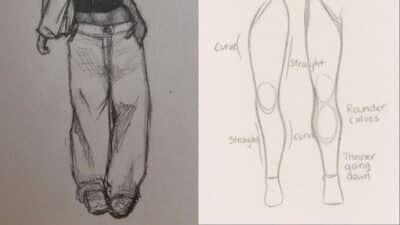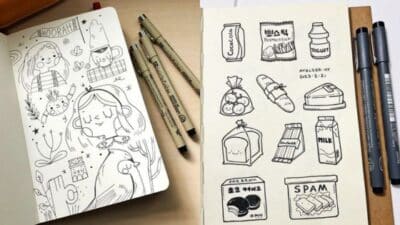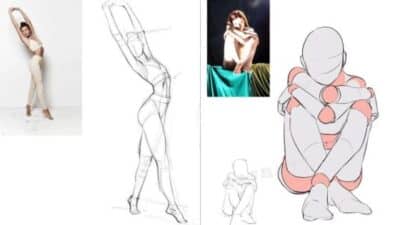Drawing a full body anime character can seem tricky at first, but it really comes down to understanding basic proportions and anatomy. Many artists use the head size as a unit of measurement to keep the whole body balanced. A good rule is that the full body is usually about 7 to 8 heads tall, with softer and slimmer features than real-life figures.
Getting the pose and proportions right helps make the drawing look natural and lively. By practicing simple shapes and breaking the body into parts, artists can build up their skills step by step. With a bit of patience, anyone can learn to create full body anime drawings that look great.
They also focus on learning how to draw key body parts like arms, legs, and the torso before combining them. Using poses or references can make this process easier and more fun. This way, the artist can bring their characters to life with confidence and style.
Getting Started With Anime Full Body Drawing
To begin drawing anime full body characters, it helps to have the right tools, a good workspace, and solid reference images. These elements give a strong foundation for creating balanced and dynamic poses.
Essential Materials and Tools
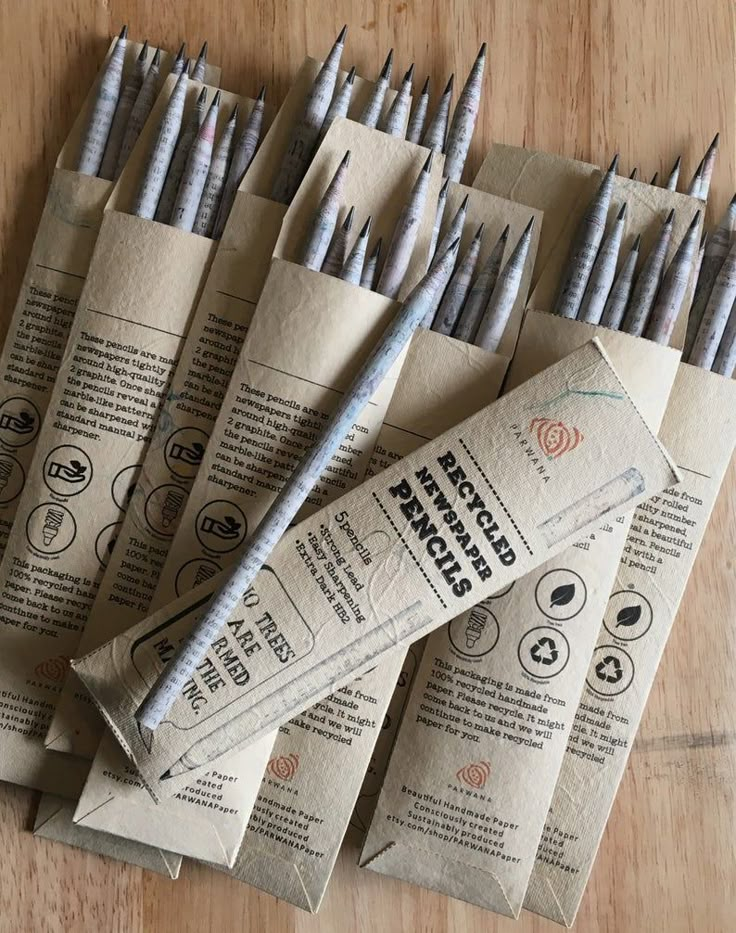
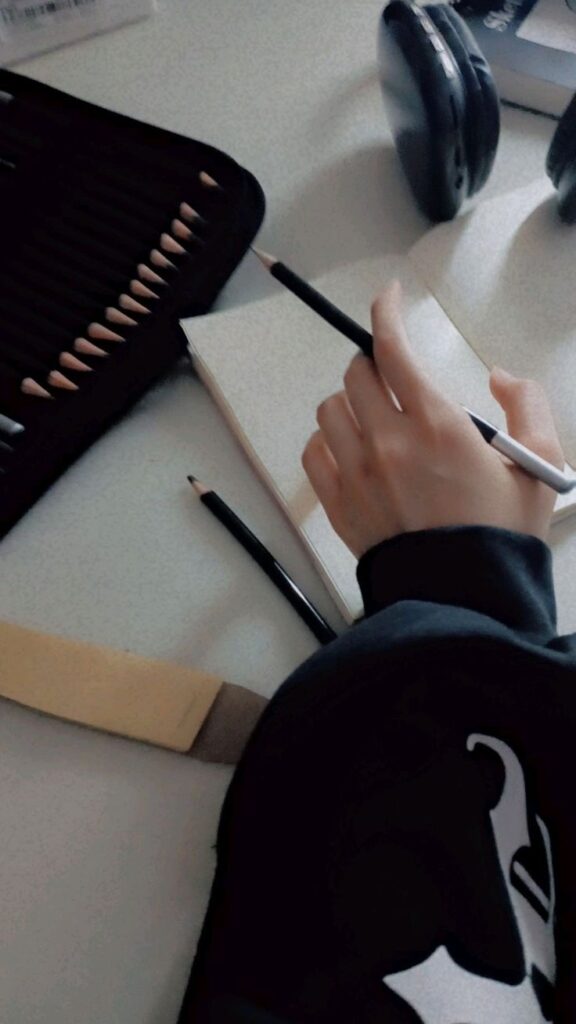
The key tools for anime full body drawing are simple but important. Most artists start with pencils for sketching. Mechanical pencils can give fine lines, while regular pencils allow shading.
Next, an eraser is essential to correct mistakes. A kneaded eraser works well because it cleans softly without damaging the paper.
For inking, many use fineliners or brush pens with different nib sizes. These offer clear lines and help define the drawing sharply.
A good sketchbook with smooth paper is best. It handles pencil and ink without smudging.
Digital artists rely on tablets and software like Clip Studio Paint. These tools come with brushes mimicking traditional pens and pencils, making it easier to edit and color later.
Setting Up Your Workspace
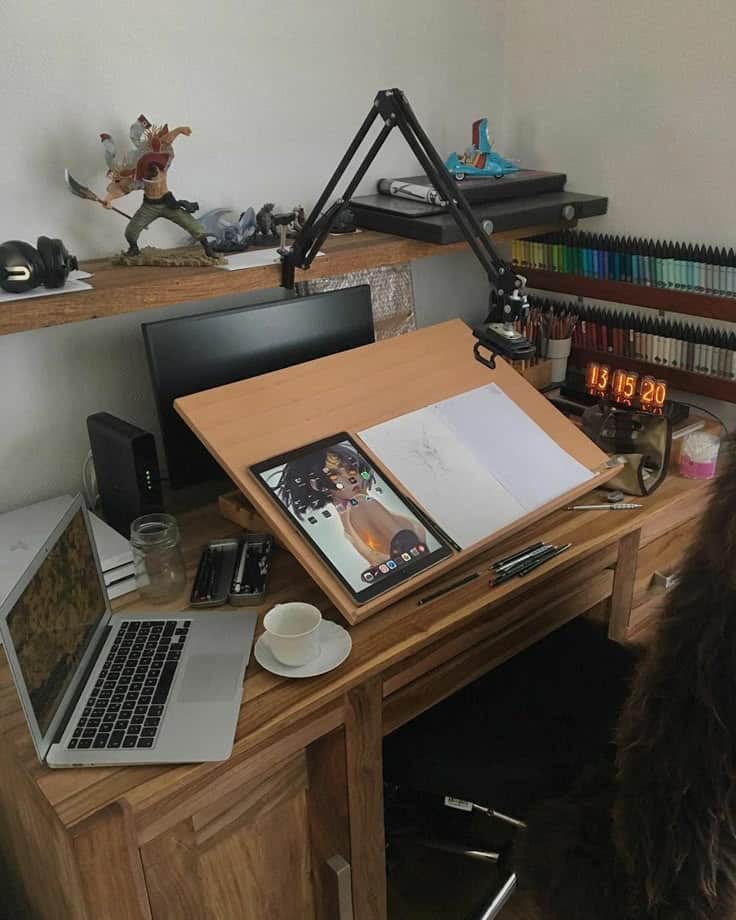
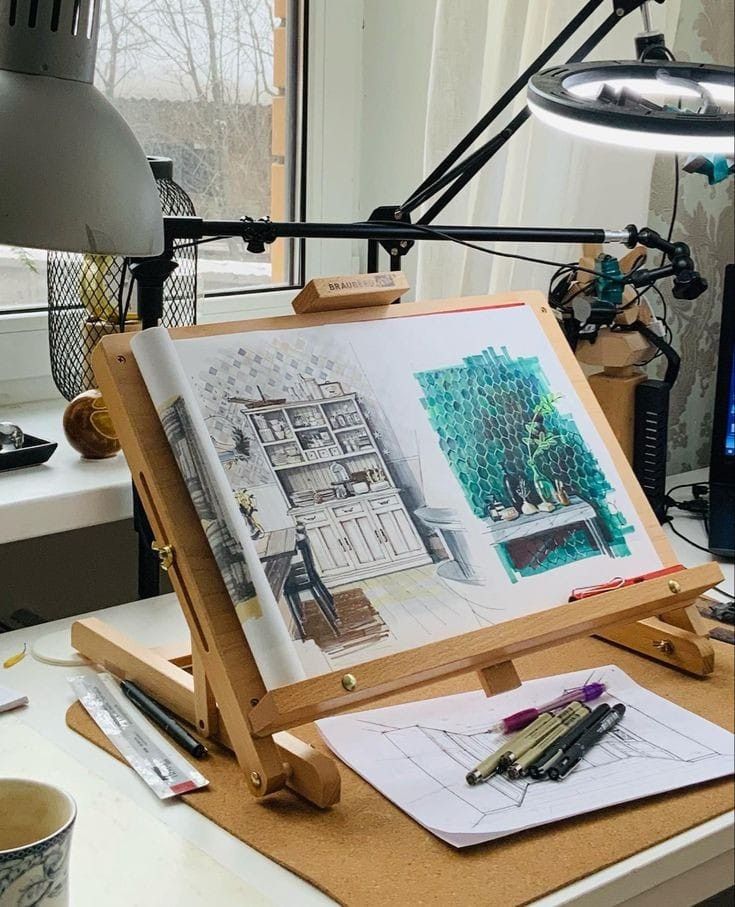
A clean workspace helps focus on the drawing process. The area should have good lighting, preferably natural light or a desk lamp that doesn’t cast shadows on the paper.
The desk should be large enough to hold all materials within reach. This prevents interruptions while drawing.
Comfort is key. A supportive chair and the right drawing angle reduce strain during long sessions.
Organizing materials in containers or drawers keeps the workspace tidy. It also helps the artist quickly find pencils, erasers, or references.
For digital work, a quiet area free from distractions improves concentration.
Choosing Reference Images
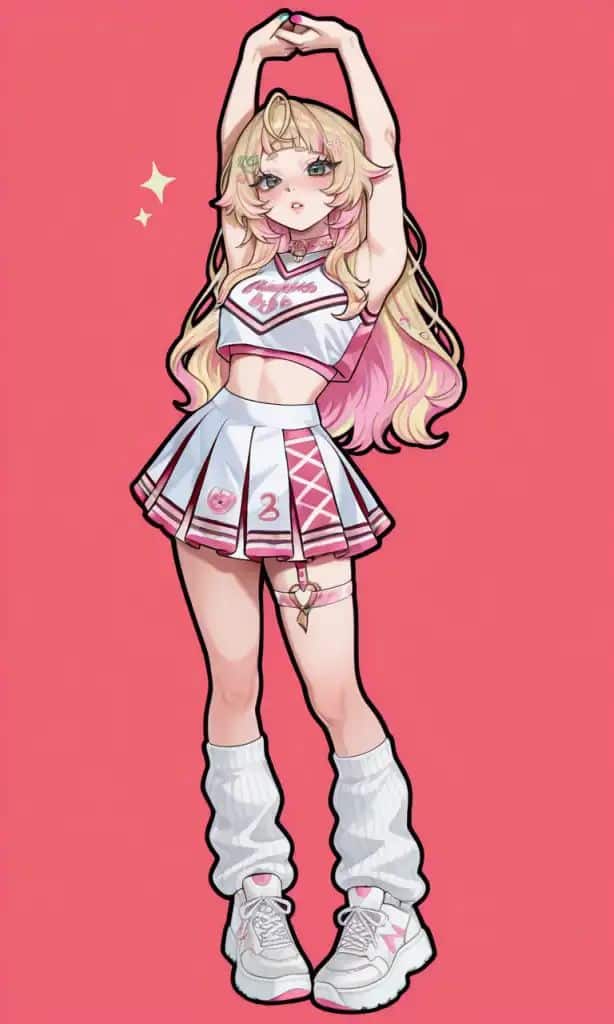
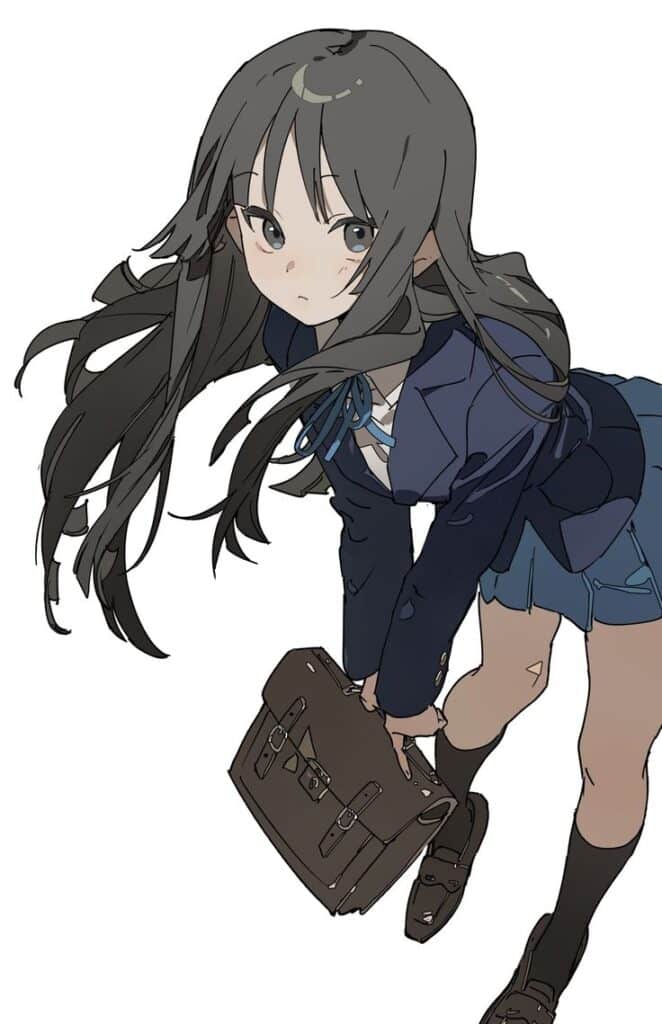
Reference images guide the artist in drawing accurate proportions and dynamic poses.
Start by selecting full-body photos or sketches of anime characters that show clear body shapes.
Using references of different body types and positions helps avoid repetitive or stiff drawings.
Artists often look at real human photos to understand anatomy and movement, then adapt those into anime style by simplifying shapes.
It’s good to gather a mix of front, side, and three-quarter views. This variety helps with drawing consistent characters from different angles.
Organizing references digitally or in a physical folder keeps them easy to access during drawing.
Understanding Full Body Proportions
Full body proportions are key to creating believable and consistent anime characters. Knowing how to balance the size of the head, torso, limbs, and joints helps keep the character visually appealing. Artists also need to watch out for common errors that throw off these proportions.
Basic Anatomy for Anime Characters
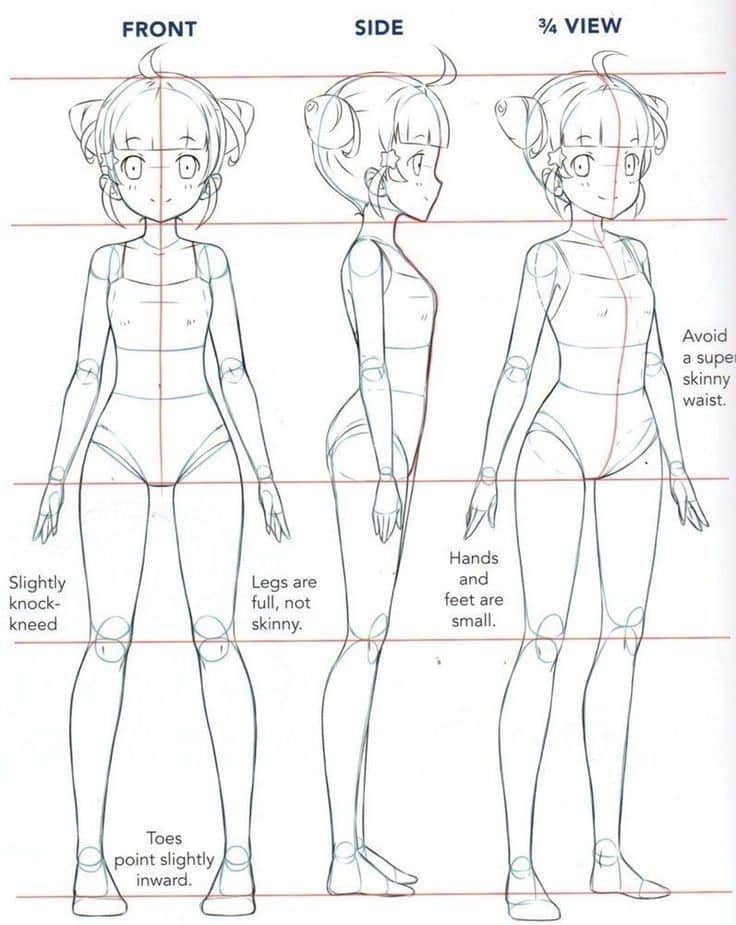
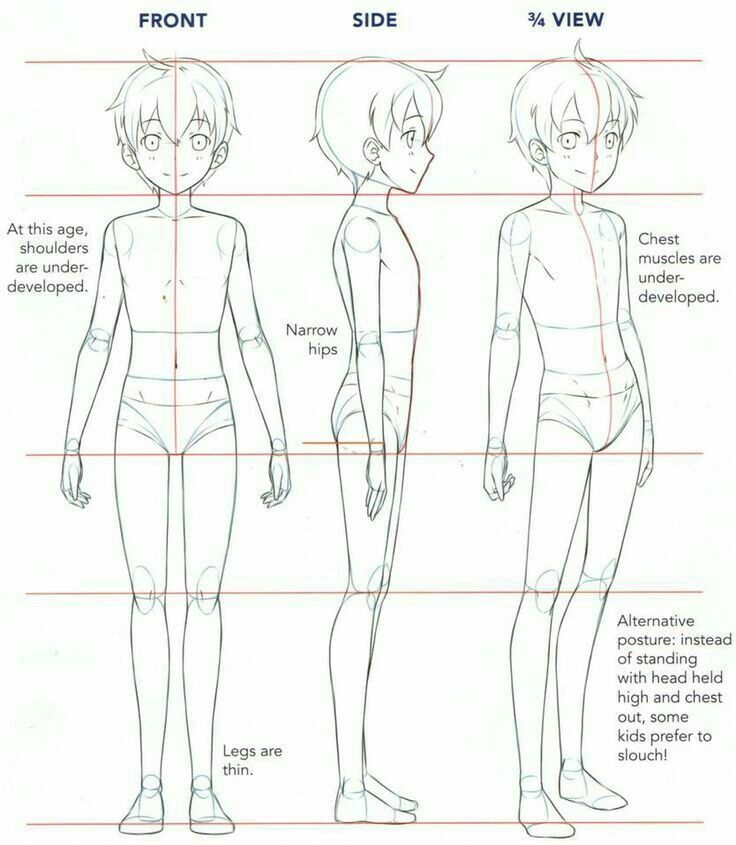
Anime bodies are based on simplified human anatomy, but with stylized changes. The torso usually has fewer details than realistic drawings. Limbs are often slender and smoother, focusing on clear shapes over muscles.
Important bones and joints like shoulders, elbows, hips, and knees guide the arm and leg placement. The spine’s curve affects posture and pose. Understanding these helps make the character look natural, even in exaggerated poses.
Muscle definition is often minimal or soft. Instead, artists focus on outlines and shading to suggest form. This keeps the style clean and easy to reproduce.
Head-to-Body Ratios
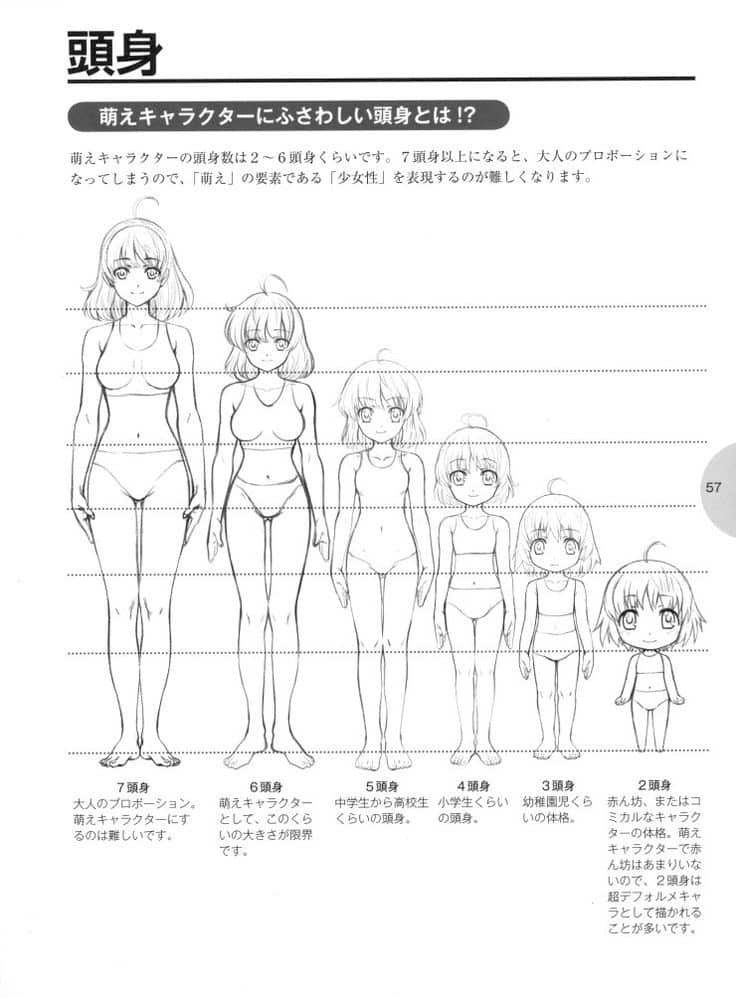
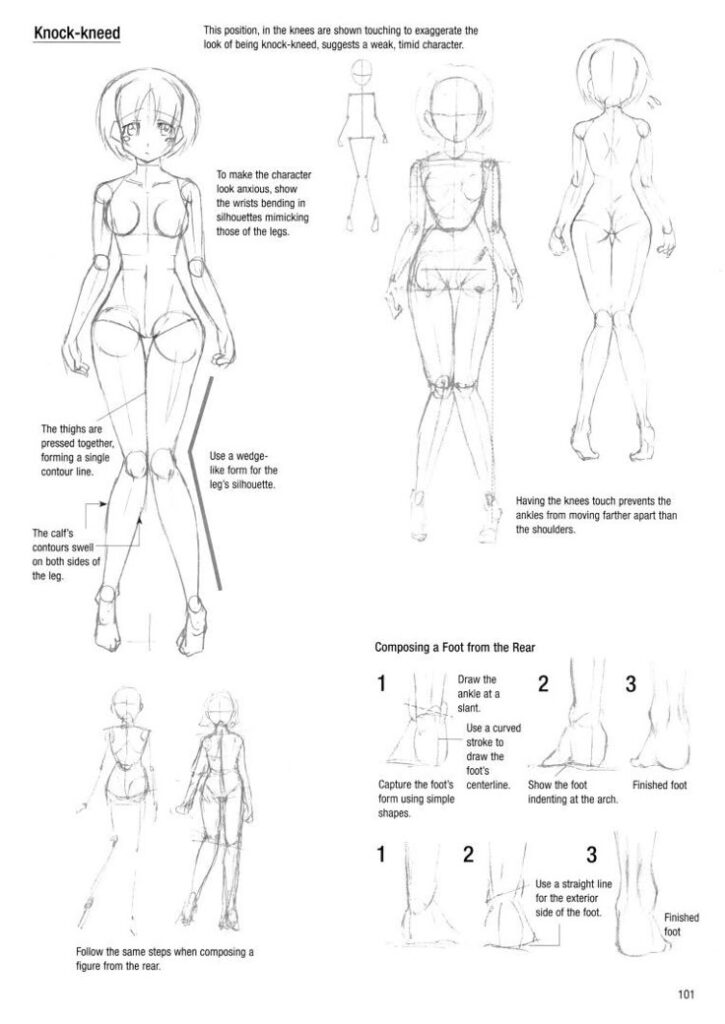
The character’s height is often measured by the number of heads tall they are. Most anime characters fall between 7 to 8 heads tall. Taller characters might be closer to 8 heads, while younger or chibi-style ones are shorter.
This head unit helps keep all body parts in proportion. For example, the torso might be about 2 to 3 heads long, and legs around 4 heads. Using this system ensures the body parts fit well together.
Altering this ratio changes the character’s look. A smaller head and longer body create a more mature or elegant feel, while larger heads with shorter bodies look cuter or younger.
Common Proportion Mistakes
One frequent mistake is making the limbs too long or short compared to the torso. This can make the character look awkward or unbalanced.
Another is inconsistent head size. If the head keeps changing size in different poses, the character won’t feel believable.
Finally, ignoring joint placement leads to stiff or unnatural poses. The elbows and knees must bend in plausible ways to keep motion fluid.
Checking proportions regularly during drawing can prevent these errors and improve the final look.
Sketching the Anime Body
The first step in drawing an anime body is to capture the basic shape and movement. It starts with quick, loose lines that show the action and flow. After that, the pose is built up by adding simple shapes and finally fine-tuned using guidelines to keep the proportions right.
Gesture Drawing Techniques
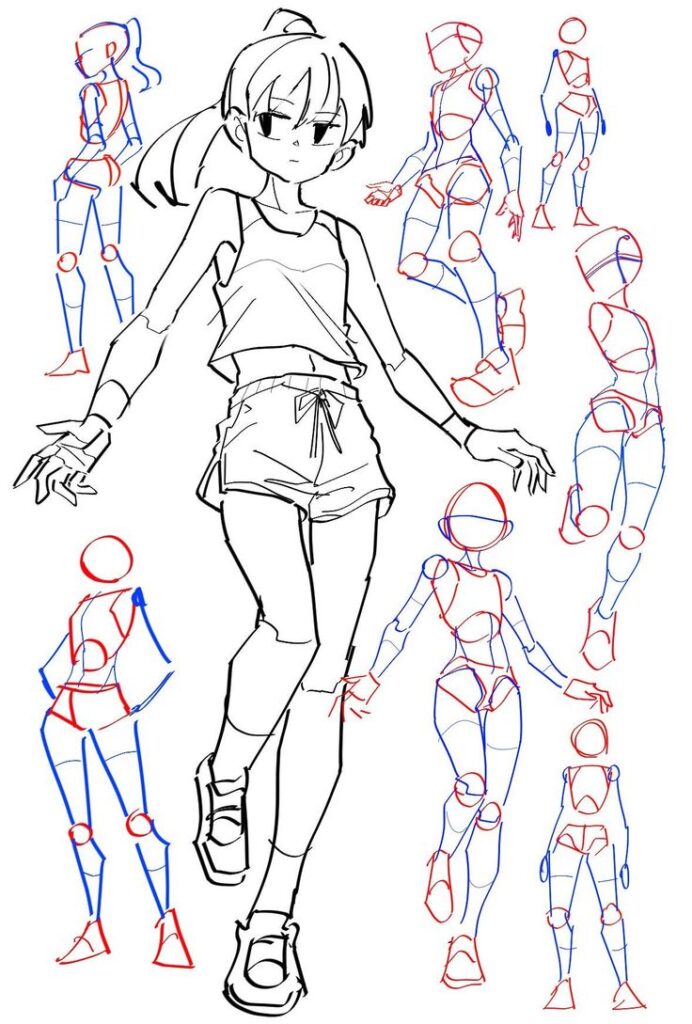
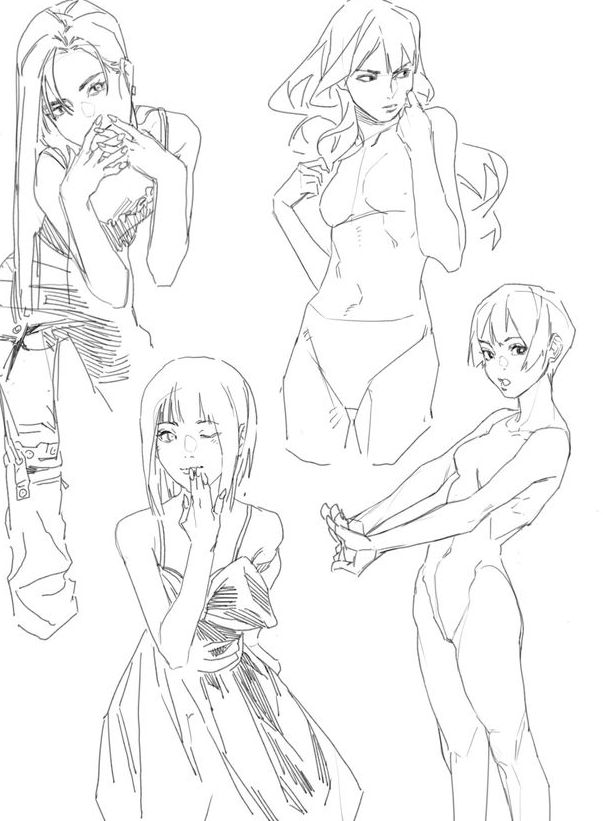
Gesture drawing is about capturing the body’s movement and energy quickly. The artist uses fast, light strokes to show the direction of the spine, limbs, and flow of the pose. These sketches are not detailed; they focus on the overall shape and balance.
This helps the artist see how the body moves and feels, making the pose look natural. Gesture drawing often lasts only a few seconds to a minute. The goal is to avoid stiffness by keeping the lines fluid and expressive.
By practicing gesture drawing regularly, an artist improves their ability to draw dynamic characters with life.
Constructing Poses
After the basic gesture is down, the artist builds the pose by adding simple shapes like circles, ovals, and rectangles. These shapes represent the head, ribcage, pelvis, and joints. This step helps block out the body’s structure.
It’s important to think about how these parts connect and move together. For example, the ribcage and pelvis should tilt and twist naturally depending on the pose. This stage also allows the artist to fix any awkward or off-balance positions.
Using simple shapes makes it easier to keep proportions and perspective accurate before adding details.
Using Guidelines and Frameworks
Guidelines are tools to keep the parts of the body in proportion. The artist draws lines down the center of the body and across key places like shoulders, hips, and knees. These lines help align the figure.
One common framework is the “3-box method.” It breaks the body into the head, chest, and hips as separate shapes. This makes it easier to see how the parts relate and move.
Using guidelines also helps when adding clothes or hair later. Keeping consistent measurements prevents the figure from looking distorted.
Drawing Details and Features
Adding details brings an anime drawing to life. The focus is on making facial expressions clear, positioning hands and feet correctly, and creating believable clothing with natural folds. Each part helps improve how the character looks and feels.
Facial Features and Expressions
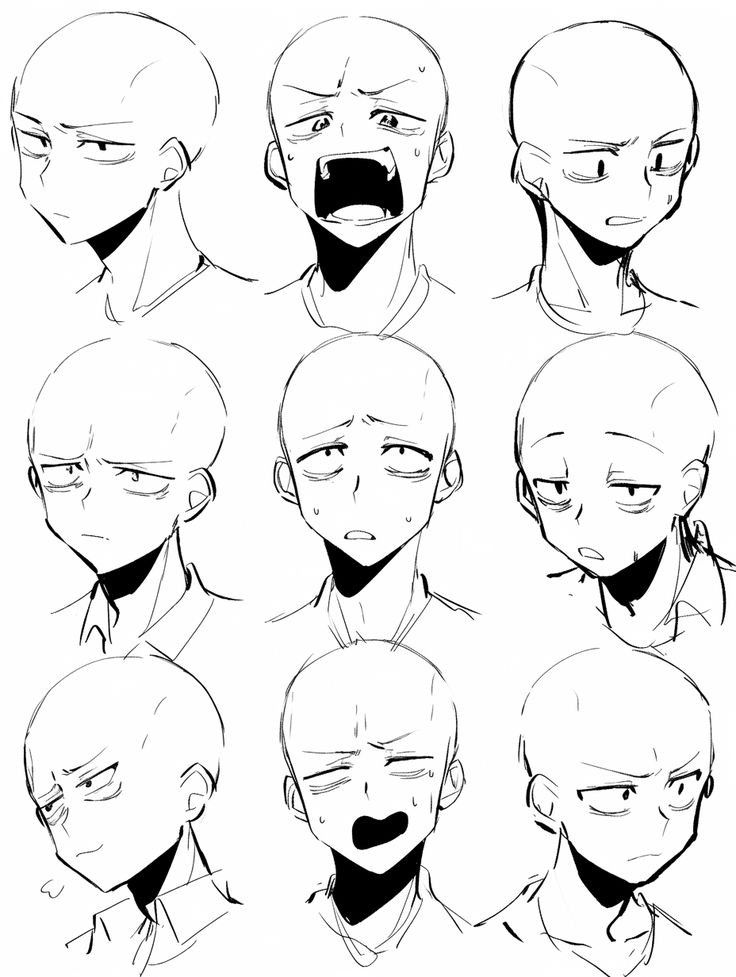
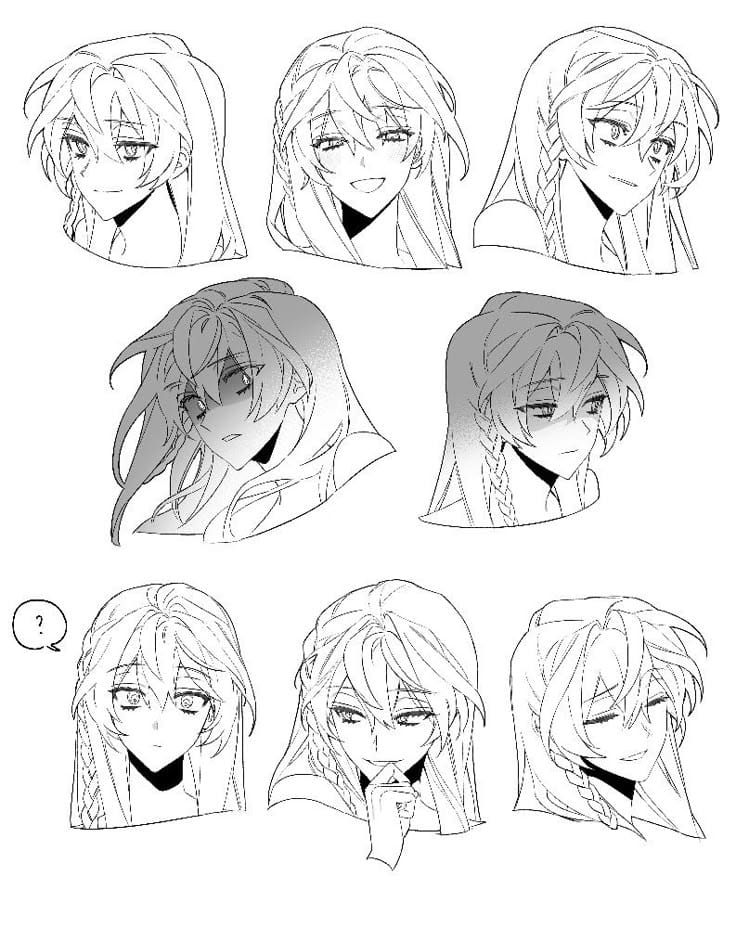
Facial features set the mood of the character. Eyes are the most important—they should be large and expressive, placed about halfway down the head. The shape varies based on personality, from sharp angles for serious characters to round shapes for friendly ones.
The nose and mouth are simpler but must match the character’s emotions. Small noses with minimal shading work well. Mouth shapes change with expressions—smiling, frowning, or surprised.
Eyebrows help emphasize feelings and should follow the shape of the eyes. Keeping these features balanced and aligned gives the face a natural look while keeping the anime style.
Hands and Feet Placement
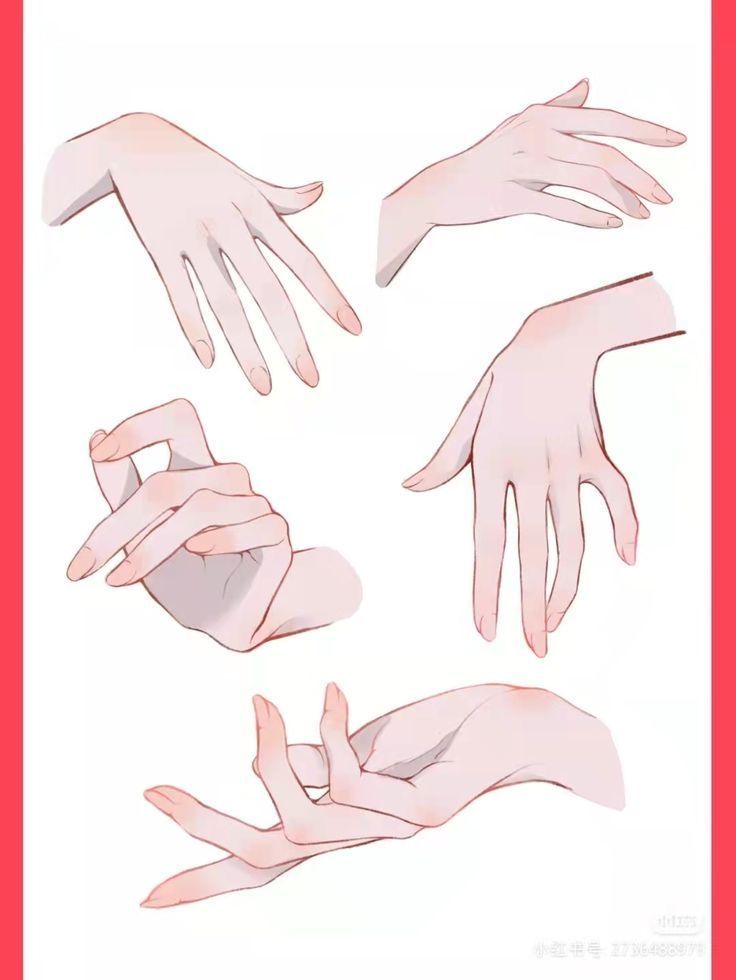
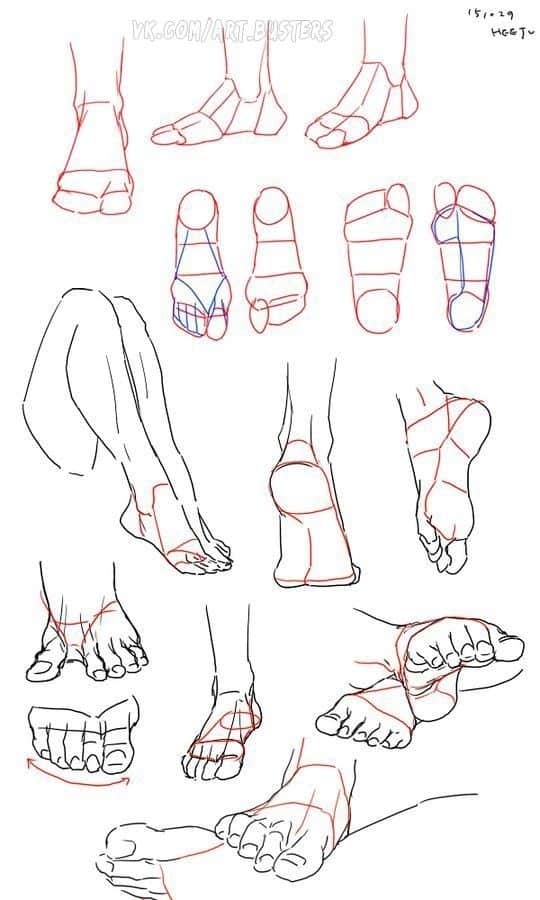
Hands and feet are tricky but vital. Artists begin by sketching basic shapes: ovals for palms and simple blocks for feet. Position these according to the body’s pose to make movement look natural.
Pay attention to finger length—fingers should taper and bend realistically. Hands often show emotion or action, so clear shapes matter.
Feet need to fit the character’s stance, whether flat or on toes. Details like toes or shoes can be added last. Correct placement and proportion prevent stiffness and improve the pose’s flow.
Clothing and Folds
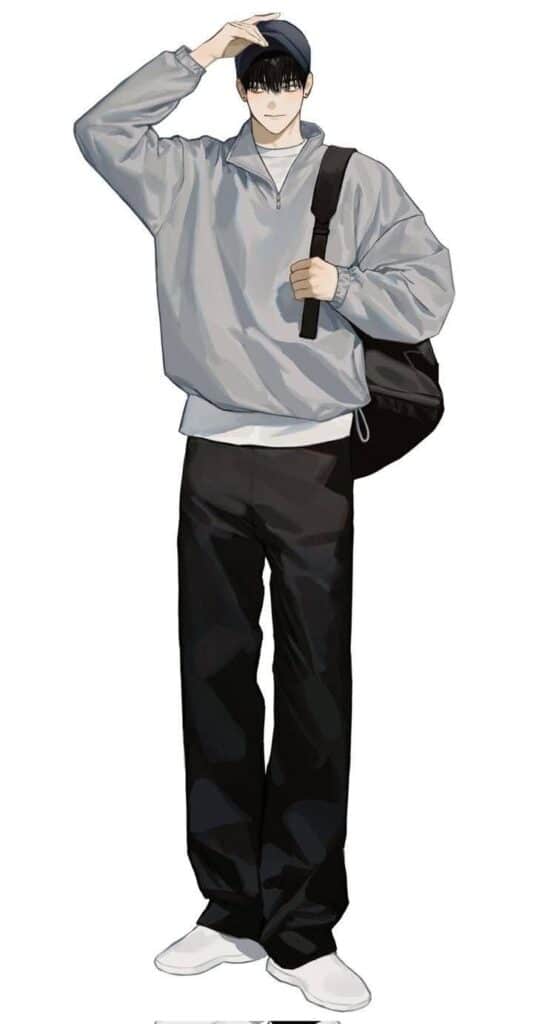
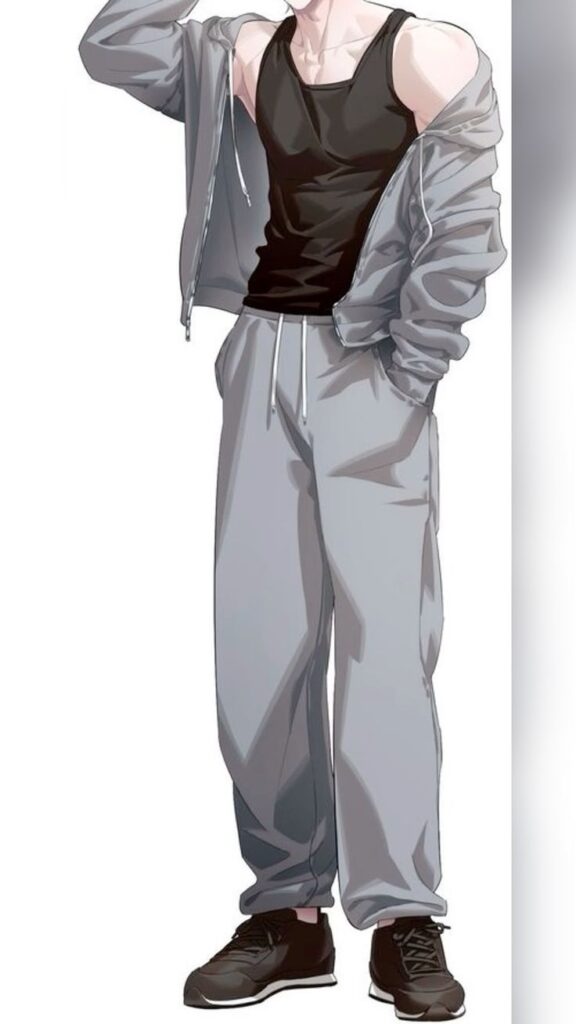
Clothing adds depth and context to the character. The key is to draw folds where fabric bends or stretches, especially around joints like elbows, knees, and waist.
Folds often come in two types: sharp creases and soft curves. Sharp folds occur with tight fabric or harsh movement, while soft folds happen in loose or flowing clothes.
Make folds follow the character’s movement to show weight and texture. Using simple lines and shading highlights helps give a realistic look without complicating the drawing. Layering clothes or accessories can add extra interest.
Adding Personality and Dynamic Poses
Bringing an anime character to life means showing their mood, energy, and attitude through body language. Using poses that suggest movement and emotion makes the drawing more interesting and helps viewers connect with the character.
Creating Movement

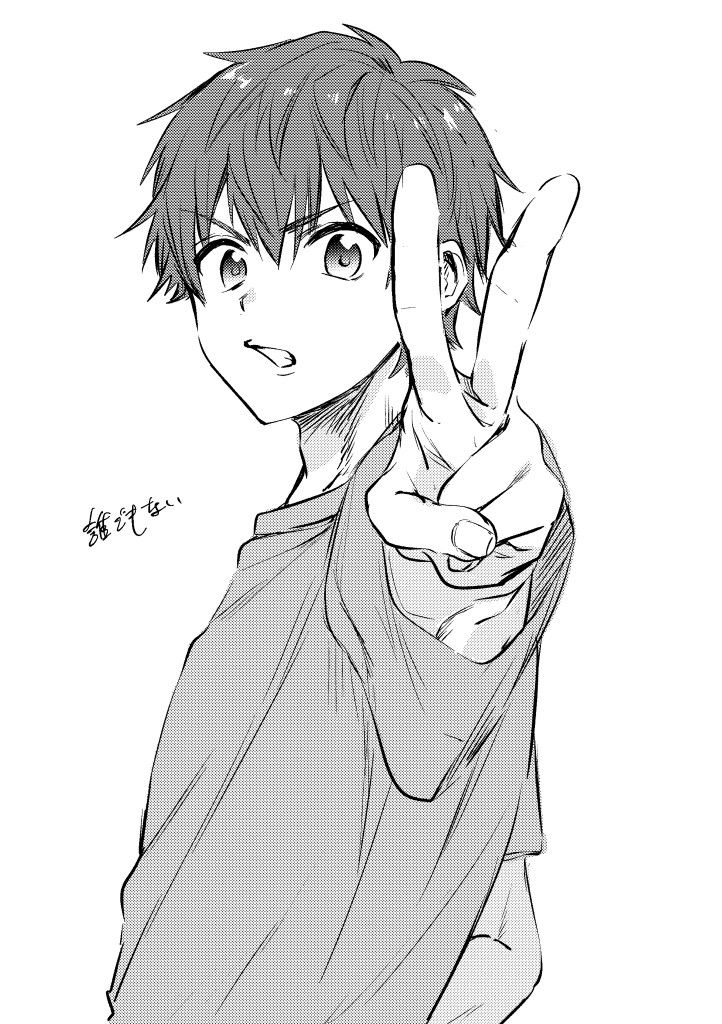
Movement in anime drawing is shown by how the body is positioned and balanced. Artists use lines of action—simple curved lines that flow through the figure—to guide natural and lively poses. This line helps keep limbs and the body in rhythm, making the pose feel less stiff.
Small details like tilted heads, bent knees, or raised shoulders add a sense of motion. The weight of the character should feel grounded or shifting depending on the pose. For example, a character leaning forward with one foot ahead shows forward motion or tension.
Emphasizing Character
Each pose should reflect the character’s personality and feelings. Bold, confident characters often have open, wide stances and upright posture. Shyer or more reserved characters may have closed body language, with arms close to the body or heads lowered.
Using hand gestures and facial expressions together with the pose helps support the personality. For instance, a character with crossed arms and a smirk shows confidence or defiance. Consistency between pose and personality makes the drawing believable.
Expressive Action Poses
Action poses capture moments of high energy—like jumping, fighting, or running—and need clear, strong lines of motion. Limbs are often exaggerated, stretched, or bent to heighten drama and excitement.
Artists pay close attention to anatomy while distorting proportions slightly for style. Dynamic poses often show tension in muscles and focus in the eyes to convey intensity. Using foreshortening (drawing parts closer to the viewer larger) adds depth and power to the pose.
Breaking down the action into key frames or primary positions can help artists plan these poses before adding detail.
- 184shares
- Facebook0
- Pinterest184
- Twitter0
